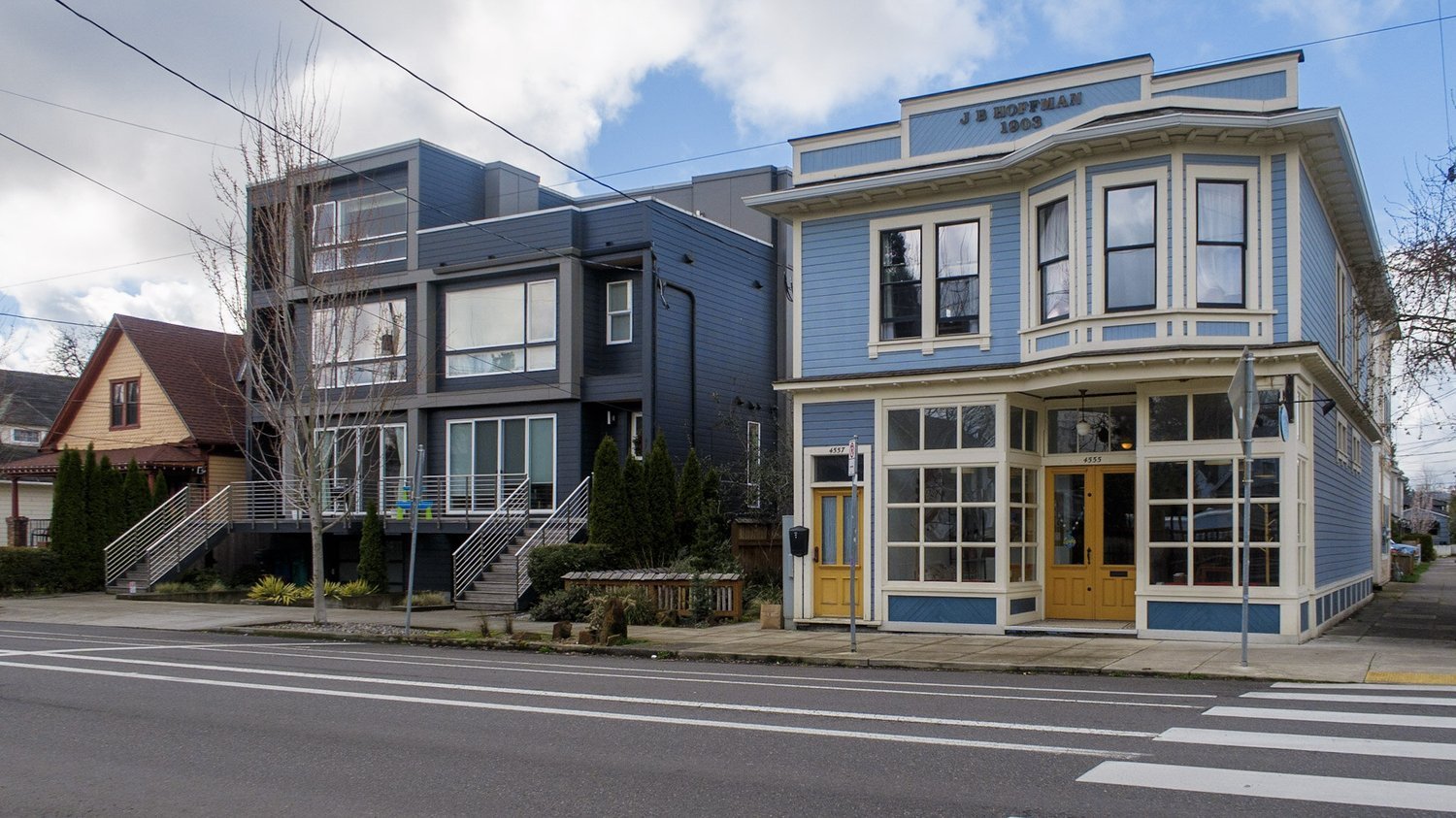- cross-posted to:
- yimby
- [email protected]
- cross-posted to:
- yimby
- [email protected]
Summary: The “downzoning” of the 1970s and 80s and resultant single-family zoning across the island nation in many ways mirrored the suburban development pattern visible across the U.S.
However, when an 11% spike in population between 2013 and 2018 strained supply in Auckland, the nation’s largest city by both population and landmass began reevaluating where it was headed. The city’s home prices doubled between 2009 and 2016, Business Insider reported. “People even began to pay hundreds of dollars a month to rent garages in Auckland without bathrooms or kitchens.”
Unwilling to continue down this path, Auckland turned to incremental development. In 2016, the city upzoned approximately three-quarters of its residential land area under the Auckland Unitary Plan, legalizing duplexes, triplexes, and townhomes on single-family lots.
The number of construction permits issued more than doubled. “New housing units permitted have increased every year since the policy was enacted, with all of these increases occurring in the city’s upzoned areas,” a 2021 research paper by Ryan Greenaway-McGrevy, the Director of Economic Policy at the University of Auckland, stated.



I think I’d phrase it as “instead of being forced into homelessness because there was literally no where to live, now there are new units to live in”
I think your two options are not correctly describing the situation.